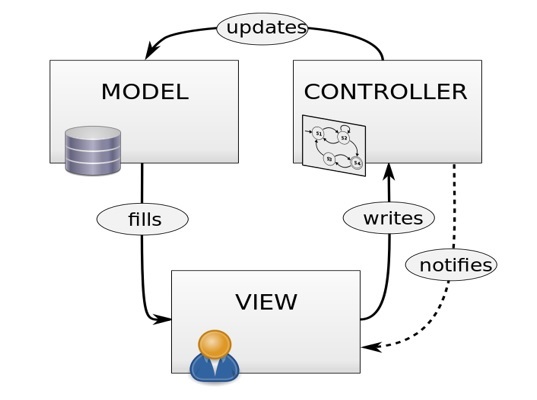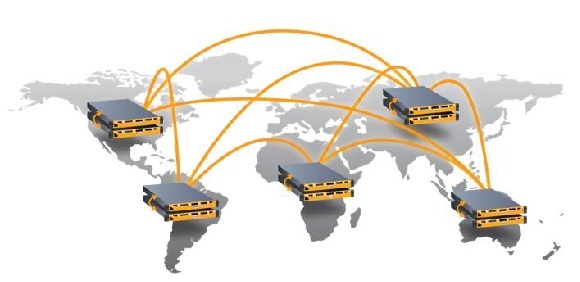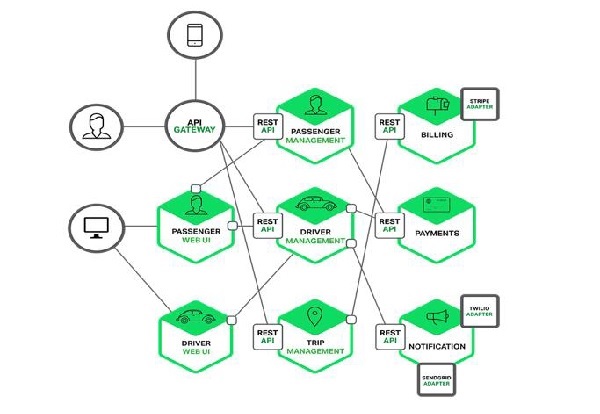
Microservice Architecture - Scaling
Scaling is a process of breaking down a software in different units. Scaling also defines in terms of scalability. Scalability is the potential to implement more advance features of the application. It helps to improve security, durability, and maintainability of the application. We have three types of scaling procedures that is followed in the industries. Following are the different scaling methodologies along with the corresponding real-life examples.
X-Axis Scaling
X-axis scaling is also called as horizontal scaling. In this procedure, the entire application is sub-divided into different horizontal parts. Normally, any web server application can have this type of scaling. Consider a normal MVC architecture that follows horizontal scaling as shown in the following figure.

As an example, we can consider any JSP servlet application. In this application, the controller controls every request and it will generate view by communicating with the model whenever necessary. Normally, monolithic applications follow this scaling method. X-Axis scaling is very basic in nature and it is very less time consuming. In this methodology, one software will be scaled depending on its different task that the unit is responsible for. For example, the controller is responsible for controlling the incoming and outgoing request, the view is responsible for representing the business functionality to the users in the browser, while the model is responsible to store our data and it works as the database.
Y-Axis Scaling
Y-axis scaling is also called as a vertical scaling that includes any resource level scaling. Any DBaaS or Hadoop system can be considered to be Y-axis scaled. In this type of scaling, the users request is redirected and restricted by implementing some logic.
Let us consider Facebook as an example. Facebook needs to handle 1.79 million users in every second; hence, controlling the traffic is a huge responsibility of Facebook network engineers. To overcome from any hazard, they follow Y-axis scaling which includes running multiple servers with the same application at the same time. Now in order to control this huge level of traffic, Facebook redirects all the traffic from one region to a specific server, as depicted in the image. This transferring of traffic based on the region is called load balancing in architectural language.

This method of breaking down resources into small independent business units is known as Y-Axis scaling.
Z-Axis Scaling
X- and Y-axis scaling is pretty much easier to understand. However, one application can also be scaled at the business level, which is called as Z-axis scaling. Following is an example of scaling a cab service application in the different verticals of business units.

Advantages of Scaling
Cost − Proper scaling of a software will reduce the cost for maintenance.
Performance − Due to loose coupling, the performance of a properly scaled software is always better than a non-scaled software.
Load distribution − Using different technologies, we can easily maintain our server load.
Reuse − Scalability of a software also increases the usability of the software.